As the LandWISE Conference fast approaches, we take a closer look at some of the presenters, and speaking topics in the area of Nitrate Management – how, when and what to apply, and how to deal with losses.
Session 2 will kick off with a Year 1 progress update from Future Proofing Vegetable Production, a Sustainable Farming Fund project testing the impact of new on-farm nitrogen mitigation and production practices in Levin and Gisborne.
We will report on our surveys of current practice, fertiliser applicator testing and of nitrate movement from field to stream. The farmers are making significant changes.

Our international guest speaker, Brad Bernhard, will present “Comparing Products, Timing and Placement – N in Corn”. Having just completed his PhD at the University of Illinois, Brad has extensive knowledge and experience of intensive corn and soybean production systems in the U.S. Brad’s PhD focus was optimising in-season fertility using alternative N fertilisation products and application methods.

While this will be of interest to our arable and maize growers, we are also excited to learn about the potential, and challenges this new approach holds for intensive vegetable cropping systems in New Zealand.
Jeff Reid from Plant and Food will outline the key points from the newly revised Nutrient Management in Vegetable Crops in NZ book.  This presentation will cover the updated fertiliser recommendations for vegetable crops in New Zealand, and the concepts behind them.
This presentation will cover the updated fertiliser recommendations for vegetable crops in New Zealand, and the concepts behind them.
Session 5 covers “Dealing with Losses”. We can do our best to keep nutrients in the rootzone, but sometimes some will escape. Can we stop nitrates getting into sensitive waterbodies?
Our new Research Manager, Pip McVeagh joined a group of Queenslanders at a workshop on nitrate recapture. One of the key concepts she will present is “The Treatment Train”.
Rebecca Eivers from Streamlined Environmental is presenting her research on Wetlands in Farm Settings, and Brandon Goeller from NIWA on Woodchip Bioreactors.
We are also looking forward to a presentation from Alastair Taylor from Overseer Ltd. on using Overseer in vegetable systems. We have completed a number of representative examples and finding quite a range in results!
 With such a variety and high calibre of speakers it should be a very engaging two days. More info here, and the draft programme here.
With such a variety and high calibre of speakers it should be a very engaging two days. More info here, and the draft programme here.
Make sure you’re registered for LandWISE 2019 – tickets available here.

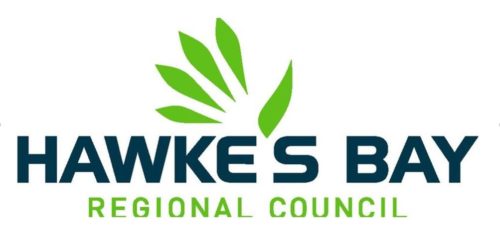
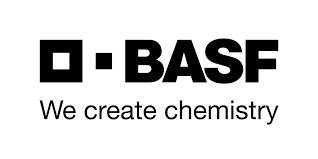
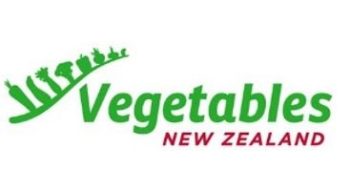
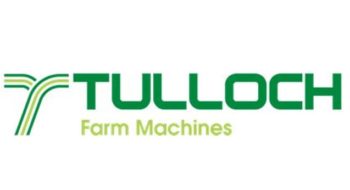
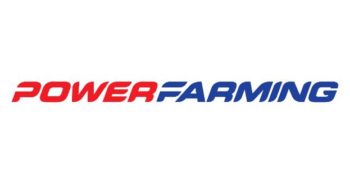
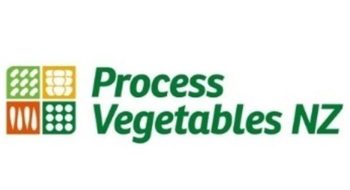
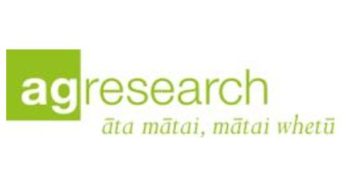

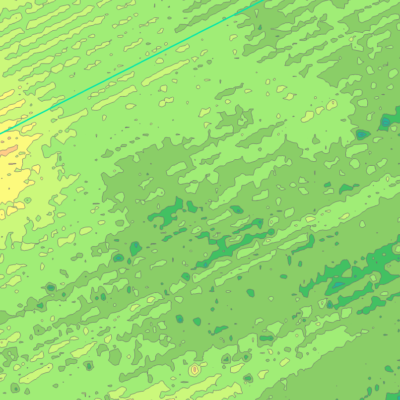
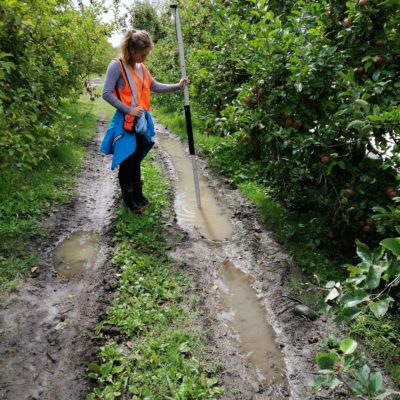







 rounding herbicides, including: resistant weeds, ‘resistant’ consumers, global environmental concerns, and increased regulation, non-chemical/herbicide weed management is ever more important.
rounding herbicides, including: resistant weeds, ‘resistant’ consumers, global environmental concerns, and increased regulation, non-chemical/herbicide weed management is ever more important. 




















